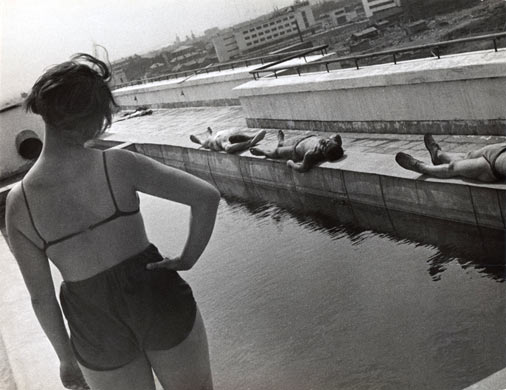For my final piece in this project I decided to brainstorm things I could do, these were my inital ideas:
- Longboards
- video
- stopmotion
- sequence
I then thought to myself that I shouldn't choose longboarding as I only began longboarding last year for a few months, so I decided to do something with guitar/music or football because I have been doing those things since I was very little and I enjoy doing them a lot.
As I was thinking I came across a video which gave me a really big inspiration. The video was this guy playing guitar but in stop motion, this looked very good because he was using picture in picture and things like that to play a classical piece which requires more than one person (orchestra). I instantly decided I wanted to do a stop motion with my guitar.
This is the video that inspired my idea<---- Click link.
Before I began, I had to find out how to do this because it was a very unique thing and as there wasn't many people who had done this sort of thing and uploaded it, I had to figure it out by knowing how to use my camera well to its full potential. I thought at first that he was taking a picture with sound (which you can take with certain cameras) but then noticed that at the beginning he starts out as a video then goes into this stop motion and at the end he flows into a video without it looking like photo's being edited. It was then when I realised he was actually recording videos of him playing one note then stopping it and recording playing the next note, then editing all of it to put it together so it flows.
Now that I knew how to actually do this type of stop motion I had to decide what i wanted to play (e.g song, anthem, theme tune). I thought of doing the Spanish anthem, as I am half Spanish, and began to think what things could I add to make it more fun to what and more entertaining, so I decided to also add a second guitar and have chords playing and also another guitar playing the tune.
I now knew what I exactly wanted to do so I began filming one note at a time. When I had them all done I then put them all on Sony Vegas Pro 8 to edit them.
I cropped all the films by splitting and deleting the parts I didn't need so
it actually sounded like a song.
it actually sounded like a song.
I then did the same for the other guitar part.
The final piece of major editing I had to do before it was complete was
making the PiP (picture in picture) so that the two videos could be seen at the same time
whilst playing at the same time. I did this by opening each video and Panning and cropping them,
I pulled the corners out which made the video image smaller. I did the same for every clip.
I then just tweaked with it and gave it its finishing touches and
I was done.
Final Piece
The final piece of major editing I had to do before it was complete was
making the PiP (picture in picture) so that the two videos could be seen at the same time
whilst playing at the same time. I did this by opening each video and Panning and cropping them,
I pulled the corners out which made the video image smaller. I did the same for every clip.
I then just tweaked with it and gave it its finishing touches and
I was done.
Final Piece
























